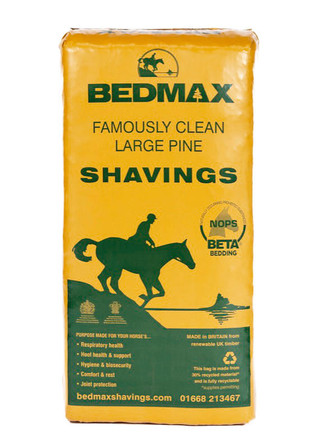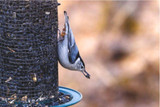Big garden bird watch 2020
Are you taking part in the RSPB’s annual Big Garden Birdwatch?
Big garden bird watch 2020. If you love watching the birds that visit your garden why not join in with the RSPB’s Big Garden Birdwatch 2020. By doing so you will be helping the RSPB’s crucial work of monitoring bird’s numbers across Britain. The Big Garden Birdwatch has been running for 40 years and in that time approximately 127 million birds have been spotted and their numbers recorded. The results from nationwide surveys such as The Big Garden Birdwatch are essential to informing conservation efforts for species in decline.
Birdwatch are essential to informing conservation efforts for species in decline.
How to take part in The Big Garden Birdwatch
To take part on the RSPB’s Big Garden Bird Watch 2020 follow these simple steps:- Simply take an hour out of your busy schedule between 25th and 27th of January to sit back, relax and spend time counting the birds that land on your patch.
- Count the most birds that land at once
- Tell the RSPB what you saw
- Every count is important, so don’t worry if you don’t see anything. Observing which birds aren’t around is as important as seeing the ones that are.
- You can record your own garden bird numbers or visit a local park instead. You have until February 16th to submit your results either online or by post. For full details check out The RSPB’s website for details, instructions and submission forms.
Big Garden Birdwatch results
Results from the 2019 Big Garden Birdwatch sadly, saw a decline in some well-loved bird species with 15 of the top 20 species returning fewer sightings than the previous year. Recorded sightings of Long-tailed tits had decreased by an alarming 27% and sightings of Wrens had decreased by 17%. It is hard to tell whether these numbers indicate long term declines or whether they are due to weather anomalies such as “The beast from the East.” Information gleaned from this year’s Big Garden Birdwatch will only help to make the picture clearer. The Big Garden Birdwatch has of course, also recorded the upturn in fortunes of some species. Indeed, the increase in the UK goldfinch population has been dramatic at over 80% since 2002.Bird Feeders help bird populations thrive
Recent studies have linked the increase in some bird species to the wider availability of bird feeders and bird food in gardens. High quality bird food rich in essential fats and sunflower hearts had caused European blackcaps to divert their northern migration routes to the UK. Seed eating birds such as Goldfinches have been especially helped by garden feeders over the cold months. Winter feeding seems particularly important for smaller species such as the Goldfinch who find it harder to maintain their body temperatures in chilly weather. It will be interesting to find out which birds make it to the Big Garden Birdwatch top 10 this year.Here are a list of last years top ten (results provided by the RSPB)
- House sparrow: 4.4 / 63%
- Starling: 3.1 / 41%
- Blue tit: 2.6 / 77%
- Blackbird: 2.3 / 87%
- Woodpigeon: 2.3 / 77%
- Goldfinch: 1.8 / 34%
- Great tit: 1.5 / 58%
- Robin: 1.3 / 82%
- Chaffinch: 1.3 / 38%
- Magpie: 1.2 / 54%
Explore Popular Articles
-
How Sunflower Seeds Can Improve Your Bird's Health
14th Jun 2024Birds are quite attracted towards sunflower seeds, but have you ever wondered about sunflower seeds'
-
The Ultimate Guide to Feeding Peanuts to Birds: Benefits and Considerations
16th May 2024Feeding Peanuts to birds is a common practice due to their high nutritious value. Being an excellent
-
Signs of Overfeeding Fish: How to Spot and Prevent it
7th May 2024Do you know that fish are more likely to die from overfeeding than starvation? One of the most pre














